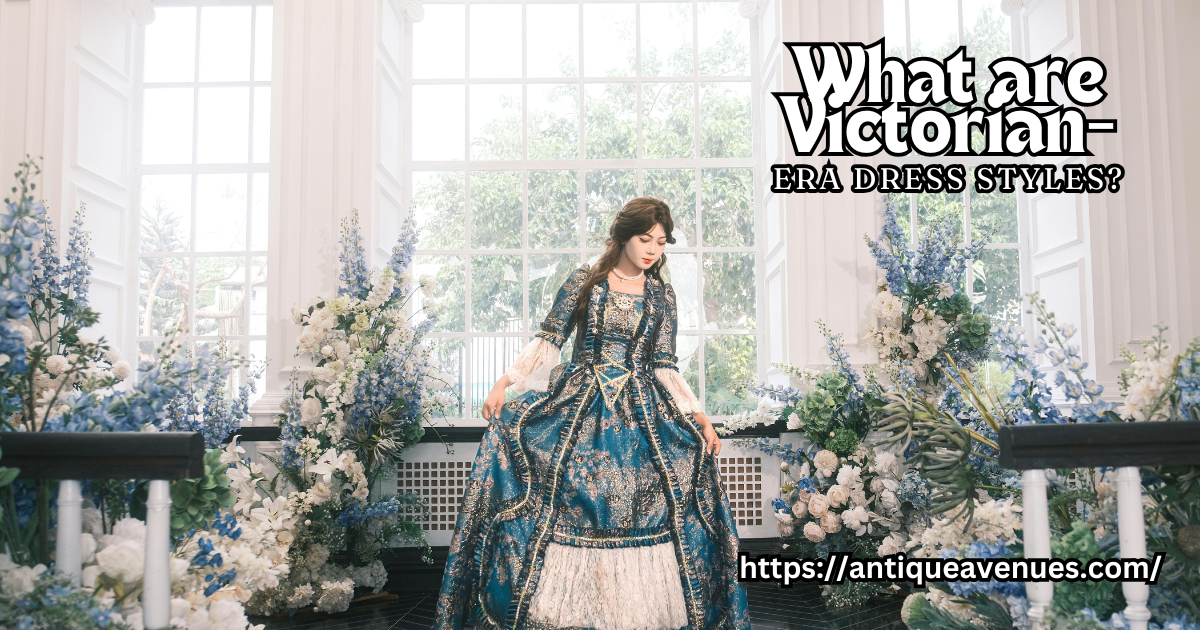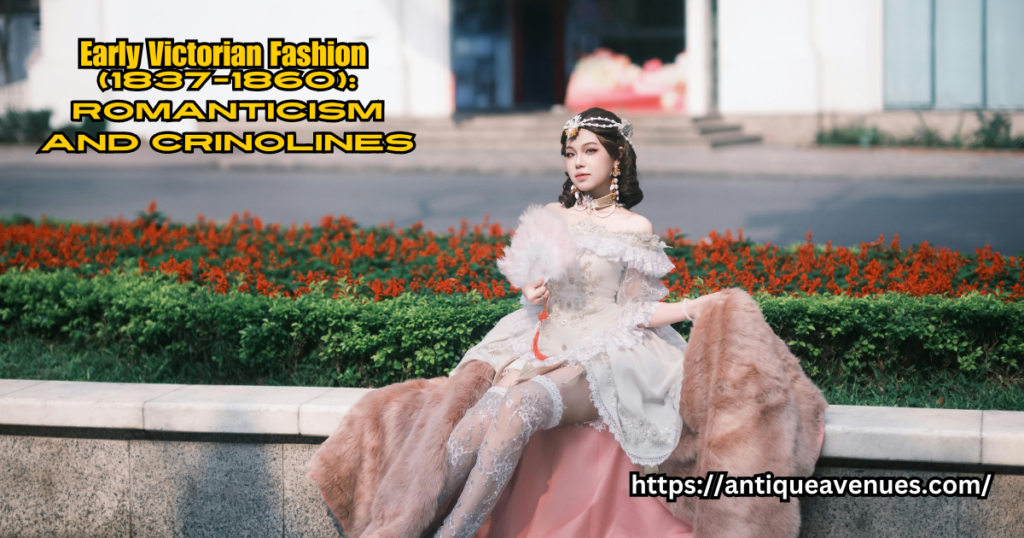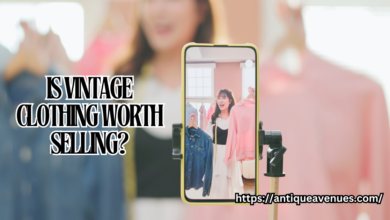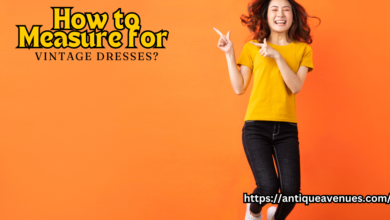What are Victorian-era dress styles?

The fashion industry during the period known as Victorian times (1837–1901) had been greatly affected by industrialization, shifting social conventions, and the rule of Emperor Victoria. The fashion statement, clothes throughout this time period, symbolized class, morality, and technological advancement. In the mid-Victorian period, tight corsets for the waistline and structural bustles were introduced. The increasing push for women’s rights began to focus on utility. The famous Victorian clothing designs are examined in detail in this study, which also highlights important advancements in both masculine and feminine dress over the years.
Early Victorian Fashion (1837-1860): Romanticism and Crinolines

The Romantic Influence (1830s-1840s)
The late Victorian era was evocative of the Romantic age before it, with its beautiful outlining and exaggerated scale. The voluminous dresses characterized women’s apparel and tight thighs.
Women’s Dresses:
The everyday gowns were characterized by high necklines with lace ornaments and fluffy collars; the evening gowns had low décolletages and short, large sleeves; the wide bell-shaped skirts with their exquisite sleeves and tight waistlines perfectly captured the desirable feminine figure; the “leg-of-mutton” sleeve, which rose at the shoulders and constricted at the wrist, gained popularity in the 1830s; and the 1840s saw the start of skirt lengthening using many petticoats. The sleeves started to fit better. When working-class ladies tended to use robust wool and cotton, affluent women liked to use satins and silks.
Men’s Attire:
The men’s attire in the Victorian era was stiff and formal. In the evening, tailcoats, which typically came in black, were usually common for social events, whereas dress coats were the usual during the day. It came in muted colors like brown, gray, and black, and the form-fitting, high-waisted pants were perfect. Many accessories, such as cravats, the precursors of trendy ties, shining walking sticks, and top hats, were essential to a gentleman’s outfit.
The Crinoline Era (1850s-1860s)
The development of crinoline cages in the 1850s dramatically changed women’s fashion by enabling skirts to achieve previously unachievable widths without the need for bulky gowns.
Women’s Dresses:
The crinoline created a perfectly round skirt silhouette, frequently many feet in diameter. The day gowns frequently had elaborate stitching and designs, long sleeves, and wide necklines. Many evening gowns had been adorned with frills and ribbons, and they had off-the-shoulder necklines and short sleeves and a fitting, boned bodice with a cutaway at the waist. The heavy weight of these skirts made them difficult to move, leading to funny irony in the products of the time.
Men’s Fashion Trends:
The men’s clothes are starting to get a little loose around this time. The sack coat developed popularity for everyday wear as an equivalent for the more elegant and larger frock coat. Many featuring eye-catching needlework and motifs, waistcoats (vests) remained fashionable. White cravats and dark tailcoats were still the standard for formal events. The most popular headgear for women remains the top hat.
Mid-Victorian Fashion (1860s-1880s): The Rise of the Bustle
The Bustle Period (1870s-1880s)
The action replaced the crinoline, which was out of style, and the back of the skirt became the focal point. The Victorians’ dress throughout this time frame had some of the most dramatic silhouettes.
Women’s Dresses:
The front of the legs was driven out by the rush, which was a cushioned and elastic conception that presented an intriguing extension in the rear. The clothing included intricate pleats, trains, and flowing designs and was mostly made of luxurious fabrics like silk, velvet, and brocade. The “princess line” dress’ waist border was cut off by creator Charles Worth. The corset, which tightened the waist to highlight an hourglass form, was still necessary. The necklines ranged from low-cut for nighttime occasions to high-collared for daylight wear, and sleeves were fitted.
Men’s Attire:
The three-piece suit—a waistcoat, trousers, and the right coat—became the standard. The morning coat was worn to elegant day operas because of its characteristic cutaway front. The leather gloves, pocket watches, and bowler hats were among the finishing touches. It was fashionable for Victorian males to have facial hair, mainly eyebrows and mustaches.
Late Victorian Fashion (1880s-1901): Practicality and Transition

The Gibson Girl Aesthetic (1890s)
When women’s responsibilities in society changed by the late Victorian era, more pragmatic and streamlined designs started getting in fashion.
Women’s Dresses:
The exaggerated bustle diminished, replaced by a more natural, yet still corseted, silhouette. The professional women’s slacks and shirts got a better fit, while their skirts became light and less rigid. The “Gibson Girl,” who personified the contemporary lady with her tight jackets, A-line skirts, and high-collared blouses, left her mark on it. The women gradually adopted more active lives, and sports clothing—such as flowy skirts and pants—became increasingly popular.
Men’s Fashion:
The less formal successor to the tailcoat, the tuxedo, gained popularity for evening dress. The box pleats and belted waist of the Norfolk jacket were preferred. The conventional peak hats and bowlers, homburgs, and swimmers were also used.
Conclusion
The clothes of the Victorian era witnessed major modifications over the course of six decades, reflecting social patterns, technological developments, and financial adjustments. The years of the sweeping crinolines of the 1850s and the emerging pragmatism of the 1890s, the entire process showed the cleverness and complexity of the time. The timeless appeal of this pivotal era in fashion history is obvious by the way Victorian developments continue to influence contemporary design today.




hello there and thank you for your information – I
have certainly picked up something new from right
here. I did however expertise some technical issues using this website, since I experienced to reload the web site a lot of times previous to I could get
it to load properly. I had been wondering if your web host is OK?
Not that I’m complaining, but slow loading instances times will
sometimes affect your placement in google and can damage your high quality score if ads and marketing
with Adwords. Well I am adding this RSS to my e-mail and can look out for a lot more of your respective intriguing content.
Ensure that you update this again soon.
meilleur casino en ligne
What’s up, just wanted to tell you, I loved this post.
It was funny. Keep on posting!
casino en ligne fiable
Does your blog have a contact page? I’m having a tough time locating it but, I’d like to send you an email.
I’ve got some creative ideas for your blog you might be
interested in hearing. Either way, great blog and I look forward to seeing it develop over time.
meilleur casino en ligne
continuously i used to read smaller content which as well clear their motive, and that is also happening with this article which I am reading at this time.
casino en ligne fiable
My coder is trying to persuade me to move to .net from PHP.
I have always disliked the idea because of the expenses.
But he’s tryiong none the less. I’ve been using Movable-type on several websites for about a year and am worried about switching to another platform.
I have heard excellent things about blogengine.net. Is there a way I can import all
my wordpress content into it? Any kind of help would be greatly appreciated!
casino en ligne francais
I am genuinely thankful to the holder of this site who has shared this enormous article at at this place.
casino en ligne
Hi there this is kinda of off topic but I was wanting to know if blogs use
WYSIWYG editors or if you have to manually code with
HTML. I’m starting a blog soon but have no coding skills so I wanted to get advice
from someone with experience. Any help would
be greatly appreciated!
casino en ligne
Very nice post. I just stumbled upon your weblog and wanted to say
that I’ve really enjoyed surfing around your blog posts.
In any case I’ll be subscribing to your rss feed and I hope you write
again soon!
casino en ligne
Wow! At last I got a blog from where I know how to actually obtain helpful facts regarding
my study and knowledge.
casino en ligne francais
I don’t even know how I ended up here, but I thought this post
was great. I don’t know who you are but definitely you’re going
to a famous blogger if you aren’t already 😉 Cheers!
casino en ligne francais